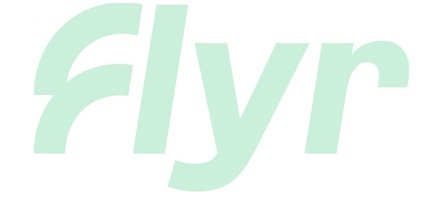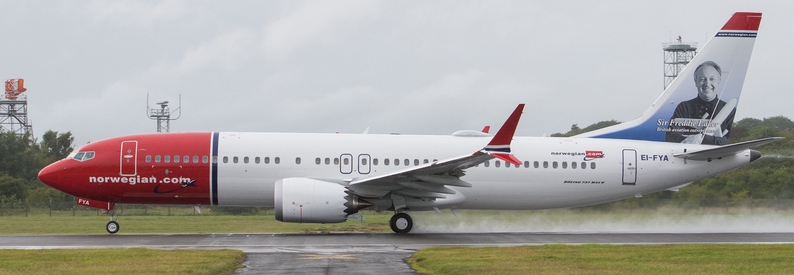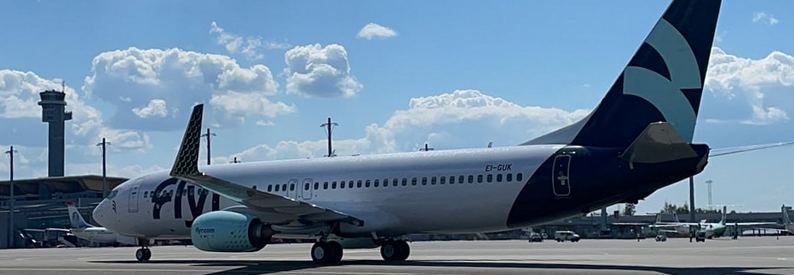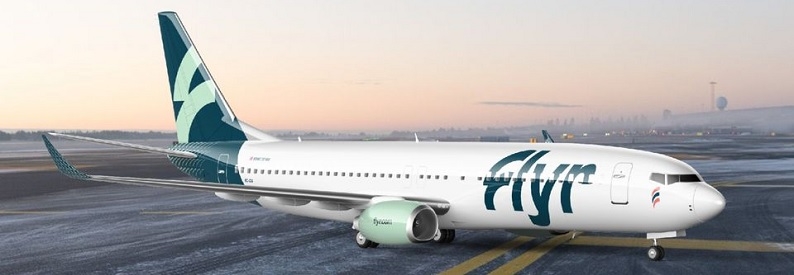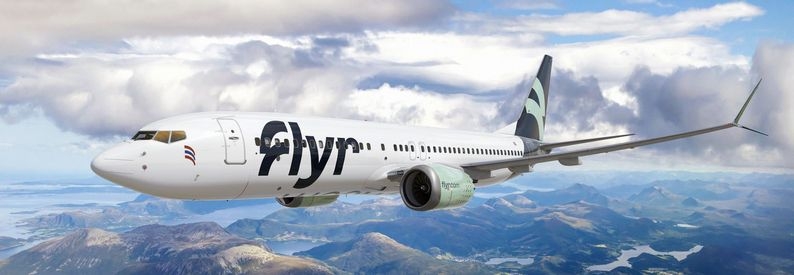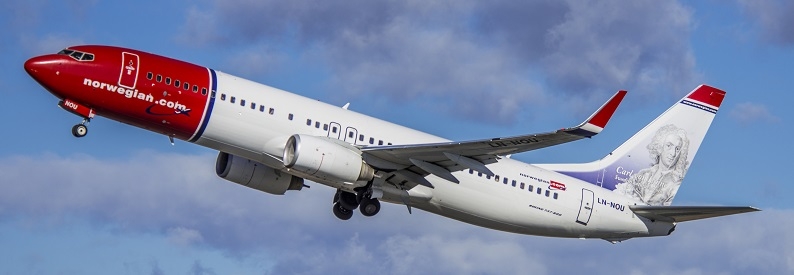Flyr (Norway) (Oslo Gardermoen) has rethought its planned cash injection, it said on November 9, having failed the previous day to raise the NOK530 million kroner (USD51.2 million) in new equity it had been aiming for.
The loss-making carrier will now look to raise NOK250 million (USD24.1 million) in a private placement instead of NOK430 million (USD41.5 million), plus an unchanged sum of NOK100 million (USD9.7 million) from a subsequent offering to current shareholders. This would potentially raise NOK350 million (USD33.8 million).
However, in order to cover the remaining cash needs this winter, investors participating in the share issues would be allocated one subscription right for each new share, allowing them to buy additional stock during the first quarter of 2023. These would be exercised partially or in full on January 31, February 28, or March 31 (or just the last day of March for investors in the subsequent offering), potentially raising another NOK350 million.
The net proceeds from the private placement “will be used to reestablish the company’s financial position to bring the company through” the first quarter of 2023, while those from the subsequent offering and subscription rights will enable it “to be positioned to ramp-up for the coming spring and summer” based on its business plan and market assumptions.
“If the company fails to raise this additional new capital by the end of 1Q 2023, the company may not be able to sustain its future operations,” Flyr warned.
The application period for the private placement began on the morning of November 9 and will close on November 10 at 1630L (1530Z), although the managers and the company may “at any time resolve to close or extend the application period on short or without notice.”
Flyr had said on the evening of November 8, one hour after the previous private placement’s subscription period had ended, that it “has not been fully subscribed, but the company has received a proposal for an alternative transaction structure from a combination of existing and new professional investors” and that it would revert the next morning. “Flyr’s flights will continue to operate as normal,” it clarified.
In a separate investor filing on November 8, Flyr revealed that it had signed a letter of intent (LOI) with an unnamed European airline for the wet-lease of one of its aircraft with discussions ongoing for a further aircraft. The agreement “will generate positive cash flow for Flyr and is for a period of nine months, starting in February,” it said.
“This wet-lease agreement provides a compelling opportunity to generate positive cash flows from aircraft that we were not planning to fully utilise in the coming winter. The agreement strengthens Flyr’s financial position as we continue to roll out our updated strategy,” said CFO Brede Huser.
The carrier said it would continue to actively pursue opportunities like these in the market throughout the winter, to raise cash and also “to be able to bring temporarily furloughed crew back as soon as possible.”
According to the ch-aviation Commercial Aviation Aircraft Data module, Flyr currently operates an all-leased fleet of six B737-8s (with a further two to be delivered) and six B737-800s.
One player that is keeping a close eye on developments is the Norwegian civil aviation authority (Luftfartstilsynet), which issues an air operator’s certificate (AOC) to all airlines registered in the country on the condition that they can show their finances are solid for up to 12 months in the future. Its director Lars Kobberstad told the newspaper Dagens Næringsliv this week: “We are following the situation closely, both through the media and in dialogue with the company. We have caught up with price movements and the capital raising and have an ongoing dialogue with the company.”
